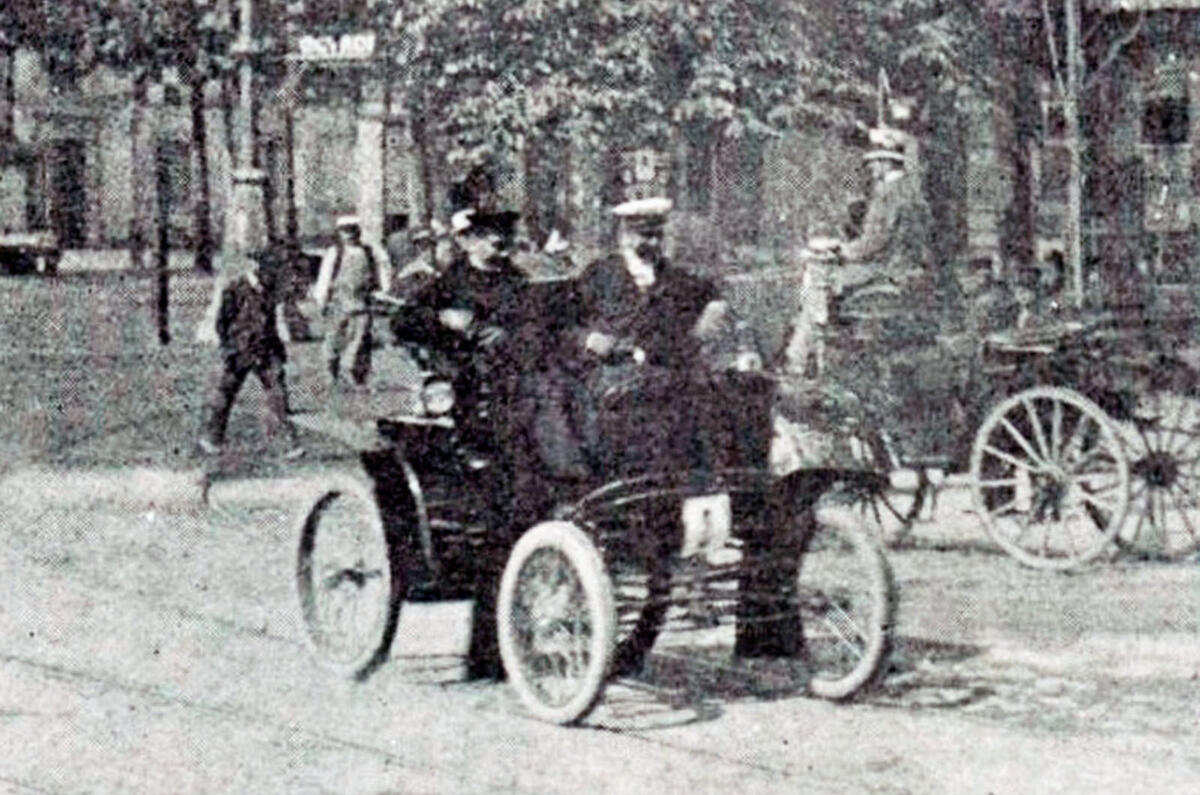France was the leading nation in the formative years of motoring. L’Automobile Club de France (ACF) was formed in 1895, and just three years later the popularity of cars had grown so much – there were about 2000 on French roads – that co-founder Jules de Dion thought the time ripe for a show of them.
De Dion, by the way, had in 1894 won the world’s first car race in a car made by his own firm; had been a founder of L’Aéro-Club de France; and later would set up the newspaper that invented the Tour de France and be elected an MP; and still his name is often seen in the name for an axle. Quite a man.
The chosen venue was Le Jardin des Tuileries – right in the centre of Paris, between La Place de la Concorde and the Louvre – and a temporary roof was erected. To ensure that exhibitors were all serious prospects, cars had to be observably driven beforehand.
A throng of around 140,000 people attended the Exposition Internationale d’Automobiles, where they could gawp at 232 models from 77 manufacturers.

“A run through the exhibition afforded striking proof of the validity of the new industry, and the resource in the way of invention, as displayed in the many new systems of vehicle propulsion, was sufficient evidence of the considerable development that is bound to take place in the early future,” we said.
“It was in these new systems of [cars] that the interest of the show chiefly lay. Some were no doubt of indifferent merit, and others were utterly impracticable, but among them there were many ingenious and interesting devices that might be turned to excellent account.”
Naturally one of the biggest stands was De Dion-Bouton’s, displaying not only its motorised tricycles and cars but also a 20-seat omnibus whose steam powertrain could make an enormous 50bhp.











Add your comment